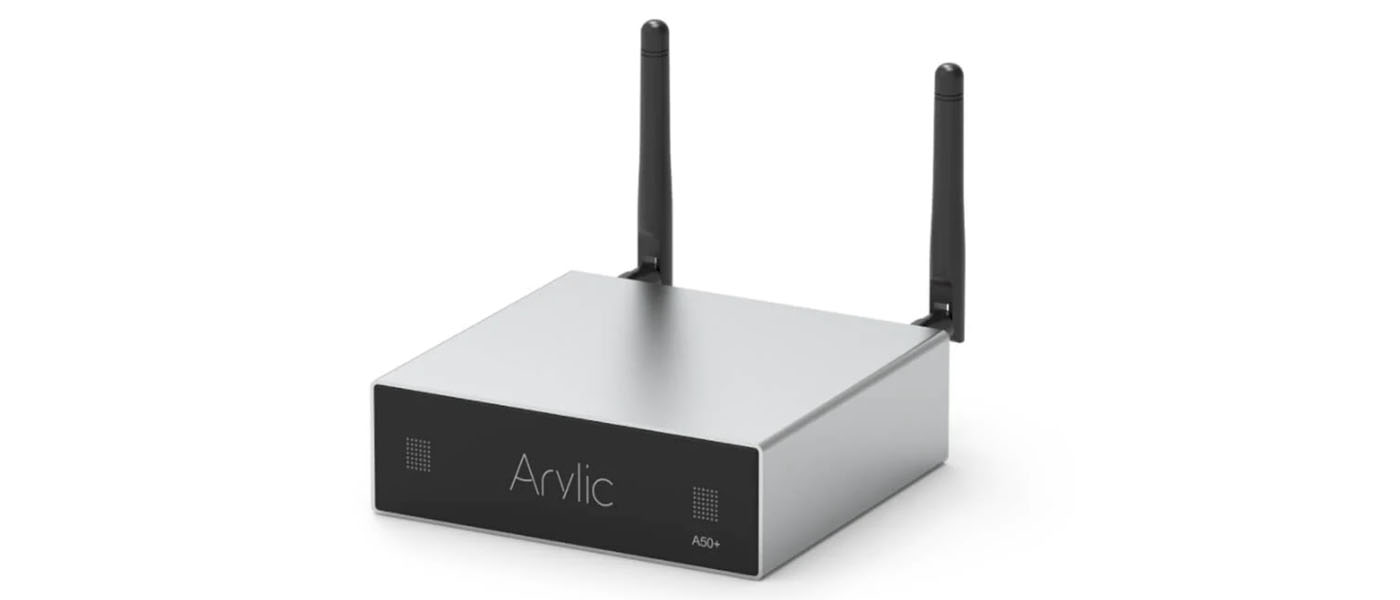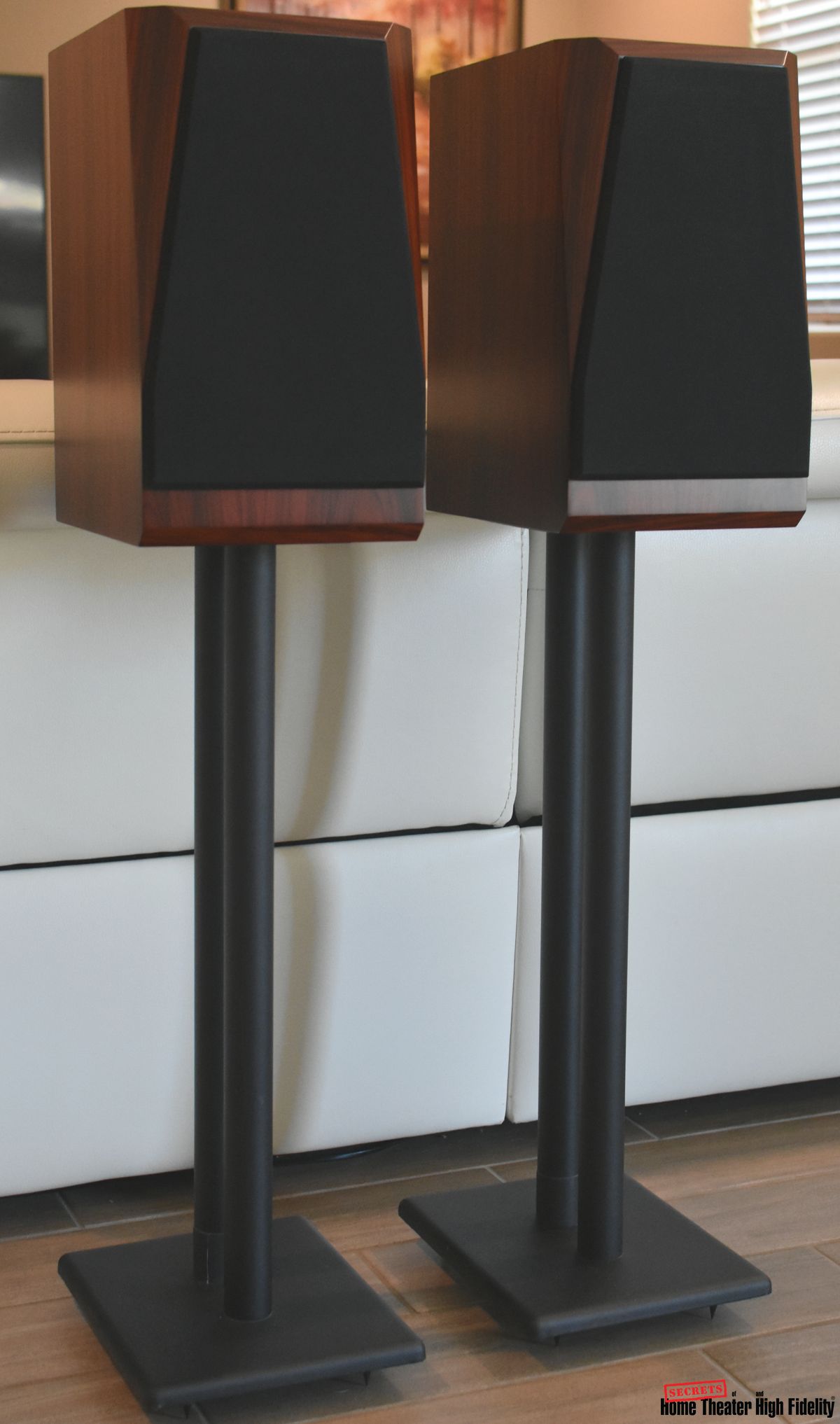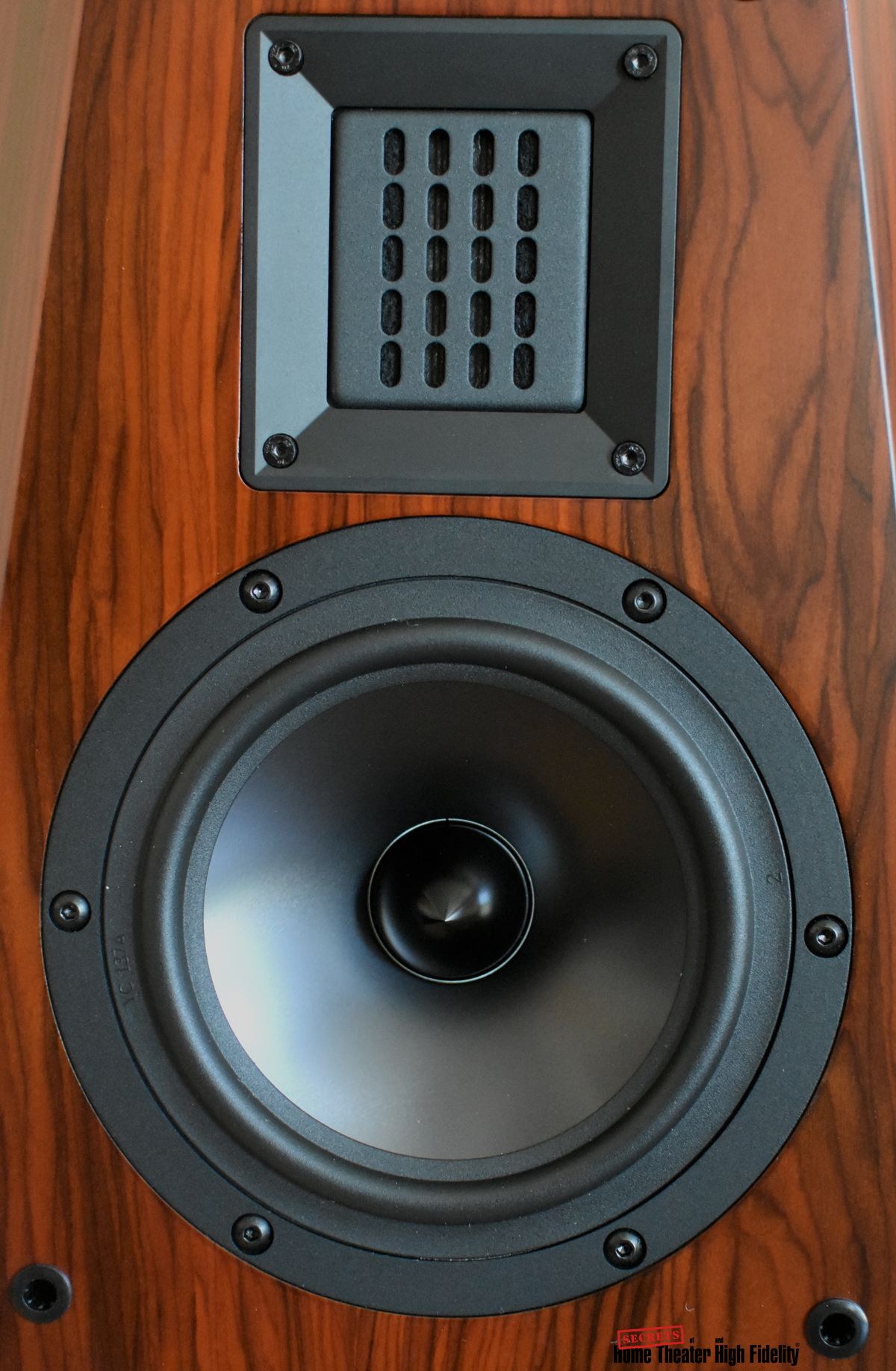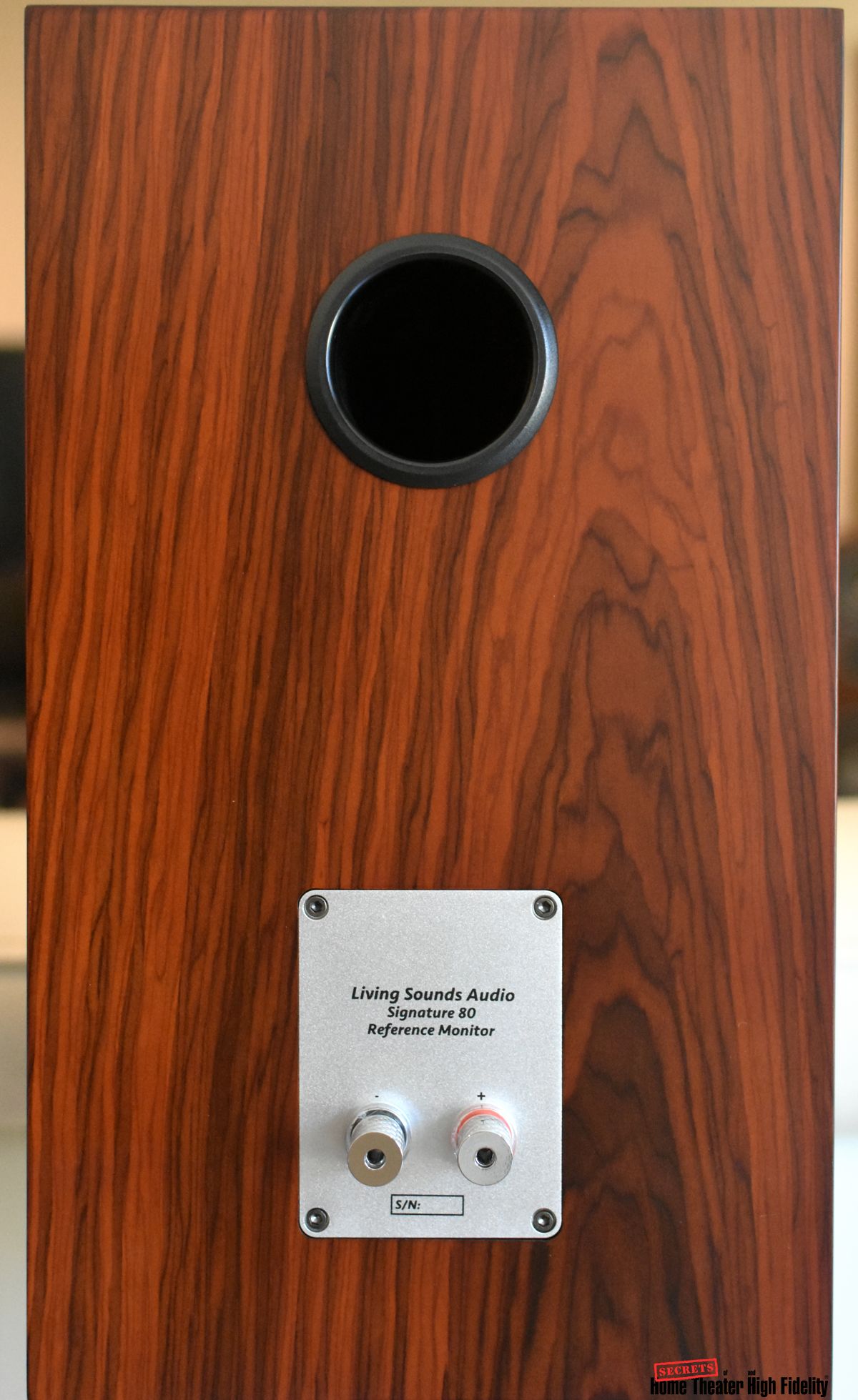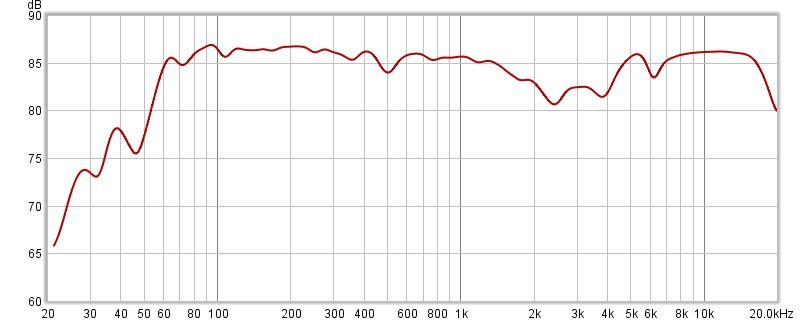Beauty is in the eye of the beholder, but I think there is no denying that the LSA Signature 80 speaker has a universally appealing look. Its cabinet departs from the plain rectangular box shape with the front-baffle angled-plane cuts, which give the speaker an artistic look. The rosewood-veneer finish is especially first-rate and truly elevates the overall appearance of the speaker. As a loudspeaker is a sound-producing device, this wonderful form means nothing if the product is not functionally strong. Read on to find out if the Signature 80 delivers performance commensurate with its great appearance.
LSA Signature 80 Bookshelf Loudspeaker Highlights
- Excellent cabinetry design and finish.
- Good quality components.
- Solid sonic performance.
Living Sounds Audio (LSA) is now under the ownership of Underwood HiFi, a long-time hi-fi retailer owned by industry veteran, Walter Liederman. Besides being a dealer for various hi-fi brands, Underwood HiFi also owns several brands (including LSA) that it designs, develops, and markets through the internet factory-direct sales model. This approach allows the company to offer better pricing deals, which translates into higher value offerings for the customers.
The Signature 80 speaker reviewed here is the company’s new addition to the LSA speaker product family. As alluded to previously, the speaker looks more expensive than the $1,499/pair price indicates, which is probably the direct effect of the factory-direct sales model that the company adopts. In fact, at the time of this review, these speakers are being offered at an introductory price of $1,199/pair (as the old saying goes, as long as supplies last). As a reviewer, I am especially curious about the performance that the speaker can deliver and whether it brings the high value that it is touted for.
Type:
Bookshelf Speaker
Design:
2-way ported
Recommended power:
30 – 150 Watts
Frequency response:
35 Hz – 25 kHz
Crossover frequency:
3500 Hz
Sensitivity:
86.5 dB at 2.83 Vrms and 1 m
Woofer:
7″ aluminum cone
Tweeter:
3” planar ribbon
Nominal Impedance:
10 ohms
Dimensions (WxHxD):
9.1″ x 15.75″ x 12″
Weight:
22 lbs each
Finish:
Rosewood
MSRP:
$1,499 /pair
Website:
Company:
SECRETS Tags:
speakers, bookshelf speakers, bookshelf loudspeakers, LSA Signature 80, Underwood HiFi Loudspeakers, UnderWood HiFi Loudspeakers Reviews, Reviews 2023
The LSA Signature 80 is a ported two-way medium-size bookshelf speaker. The drivers used are a 3″ planar ribbon tweeter in a custom aluminum waveguide and a 7″ aluminum cone woofer. LSA knows the importance of the crossover module in the speaker design and the company’s website clearly describes the high-quality crossover used in the Signature 80 speaker, which utilizes carefully selected components. This crossover is designed to provide a smooth and natural transition between the tweeter and the woofer at a frequency of 3.5kHz. The nominal impedance of the Signature 80 is listed as 10 ohms, which is relatively high compared to most speakers in the market today. This relatively high impedance suggests that the speaker should not be difficult to drive.
Secrets Sponsor
Besides sporting a beautiful fit and finish, the cabinet of the Signature 80 speaker is excellently constructed and very well-braced. It seems to be sufficiently inert against a simple knocking test. The Signature 80 is equipped with a set of high-quality Viborg five-way copper binding posts, which look sturdy and premium. As only one pair of binding posts is provided, the speaker does not accommodate bi-wiring/bi-amping applications. A black fabric grille, which attaches to the front baffle using pin-and-cup attachments, is supplied to cover the drivers of the speaker. Although this classic grille attachment method is fine, I do wish that the Signature 80 follows the current industry trend of using magnets for the grille attachment. I guess I have been spoiled with the convenience of the magnetically attached grilles.
For the review, the LSA Signature 80 speakers were set up on 24″-tall metal stands, which put their tweeters at about my ear level when I sat on my listening seat. The left and right speakers were separated at about 8 ft from each other and formed an isosceles triangle arrangement with my listening position, which was about 9 ft away from each speaker. About 15 degrees toe-in was applied to the speakers to yield the best imaging in my setup. As the speakers are rear ported, I pulled them well into the room such that their front baffles were about 4 ft away from my front wall. I find that in these positions, the speakers produced the best bass balance at my listening position. Most of my listening to the speakers was done with the grilles off.
Secrets Sponsor
During the review, I had a chance to drive the Signature 80 speakers using various amplifiers available: the Michi X3 integrated amplifier (200 W/channel into 8 ohms), the Marantz Model 40n integrated amplifier (70 W/channel into 8 ohms), the PS Audio HCA-2 power amplifier (150 W/channel into 8 ohms), and the Bel Canto Ref500S power amplifier (250 W/channel into 8 ohms). The PS Audio BHK Signature preamplifier served as the preamplifier for the power amplifiers used. The sources used were the PS Audio PerfectWave Transport and the AURALiC Aries G1 streamer feeding the PS Audio DirectStream DAC. I found that these speakers liked power. Even though they were not difficult to drive with their relatively high impedance (10-ohm nominal), their sensitivity was only about 86.5 dB at 2.83 V and 1 m. Perceptively, the speakers sounded more open and dynamic when I drove them with the more powerful amplifiers in the bunch, such as the Bel Canto Ref500S and the Michi X3. My listening impressions of the Signature 80 were based mostly on the results of pairing the speakers with these amplifiers.
The nearfield in-room on-axis frequency response of the Signature 80 revealed fairly respectable flatness from 55 Hz to 20 kHz with a slight noticeable dip in the 2 – 4 kHz range. This dip was in the crossover region of the speaker and in talking to its designer, I gathered that its presence was intentional to de-emphasize the impression of sonic forwardness. This seemed to work as intended as the speakers exhibited a laid-back sonic character and never sounded too forward with any program materials I tried. The measurement also indicated that the Signature 80 was capable of generating solid bass response down to about 50 Hz and with the room loading, it could produce useful bass extension down to the 40 Hz range, which was sufficient for most applications.
The Signature 80 needed a good amount of break-in time before it reached its peak performance. Out of the box, the speakers sounded a bit dull and lifeless. They bloomed at a rather slow pace during break-in, but their sonic characteristics noticeably changed for the better. When I started to listen critically to the Signature 80 speakers after break-in, I was immediately indulged by their pleasantly warm tonal characters, which seemingly smoothed out the sonic edge artifacts that were sometimes present in some recordings. Like a free-flowing liquid, the music seemed to stream smoothly through the Signature 80 speakers and was free from fatiguing artifacts. In other words, the speakers had undeniable musicality that was suitable for long-duration listening without fatigue.
The Signature 80 speakers exhibited strong attributes across the audible frequency spectrum. Their bass foundation was solid and always made the music sound full. Their treble sounded airy and portrayed sufficient details. The midrange performance was strong with smooth and natural characteristics. The upper midrange and treble presentation of the Signature 80 were somewhat laid back (most probably due to the effect of the frequency dip observed in the measurement), which in this case helped in the portrayal of deep soundstage from the speakers. The speakers’ sonic transparency was good, although they were not top-tier in this department. However, this should not be a cause for concern as they more than made it up with the other aspects of their sonic performance.
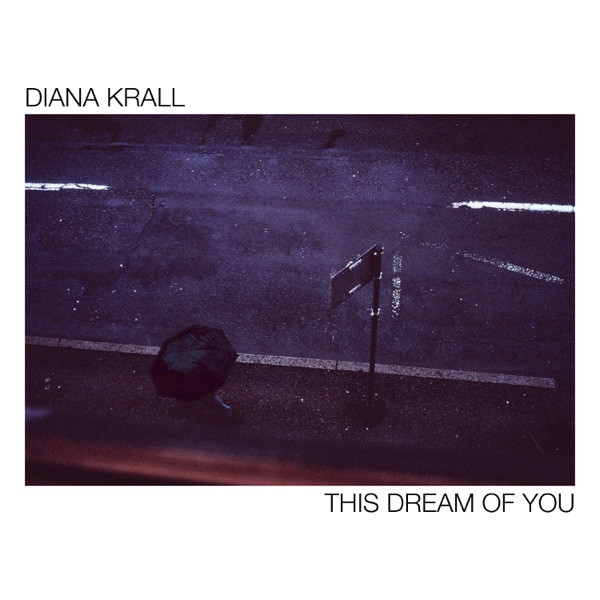
Diana Krall “This Dream of You (2021)”
Vocals sounded natural through the Signature 80. The lushness and full-bodied nature of Diana Krall’s voice in the track How Deep Is the Ocean from her This Dream of You album (2021) were unmistakably conveyed by the Signature 80 speakers. This track also displayed the speakers’ effortlessness in imaging. Diana Krall’s voice was conveyed at the proper image focus with a convincing three-dimensional soundstage around her. Listening to this track through the Signature 80 speakers was truly an awesome listening experience.
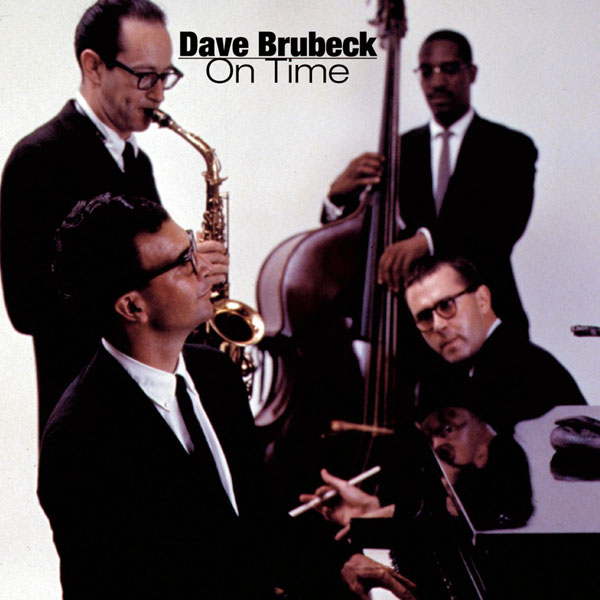
Dave Brubeck “On Time”
Set up properly, these speakers were capable of decoding the spatial information in the recording seemingly effortlessly, producing believable soundstage presentation. The spatial rendition of the track Besame Mucho from Dave Brubeck’s On Time album (2001) really demonstrated the prowess of the Signature 80 speakers in this regard. The spatial presentation of the music coupled with the steady placement of instruments in the soundstage sounded realistic. Details in the music sounded excellent and the liquid-like sonic characters of the speakers conveyed the pace and rhythm of the music extremely well, persuading me to toe-tap with the tunes.
Be it a big orchestra or small acapella music, the Signature 80 speakers seemed to always be able to draw you into the music with their full and never-lean presentation. The bass response of the Signature 80 was surprisingly strong and extended for speakers of this size. Unless the music you typically listen to contains significant bass below the 40-Hz range, then chances are you would be satisfied with the bass response of the Signature 80. Adding a subwoofer definitely would not hurt to improve the overall bass response, which I always advocate even for the larger speakers with lower bass-extension capabilities than the Signature 80. During the review, I was able to blend my Rythmik Audio F12SE subwoofer seamlessly with the Signature 80 to get a more definitive and deeper bass extension.
Competitively priced, the LSA Signature 80 speakers offer high value with their beautiful craftsmanship and solid sonic performance.
- Excellent build quality
- Gorgeous looking speakers with meticulous finish
- Full-sounding balanced sound with a touch of warmth
- Smooth non-fatiguing sound with great conveyance of pace and rhythm
- Wide and deep soundstage portrayal
- Magnetically attached grilles
The LSA Signature 80 speakers have a lot going for them in this crowded segment of below $2,000/pair speaker market. The speakers are excellently constructed and meticulously finished, and more importantly, their beauty is not just skin deep. With a tonal character that leans towards the warm side of neutral, I have no doubt that the Signature 80 speakers will indulge you with their smooth musicality as they had indulged me during this review. Moreover, with the company’s competitive pricing, these are a lot of speakers for the money and are easy to recommend.


